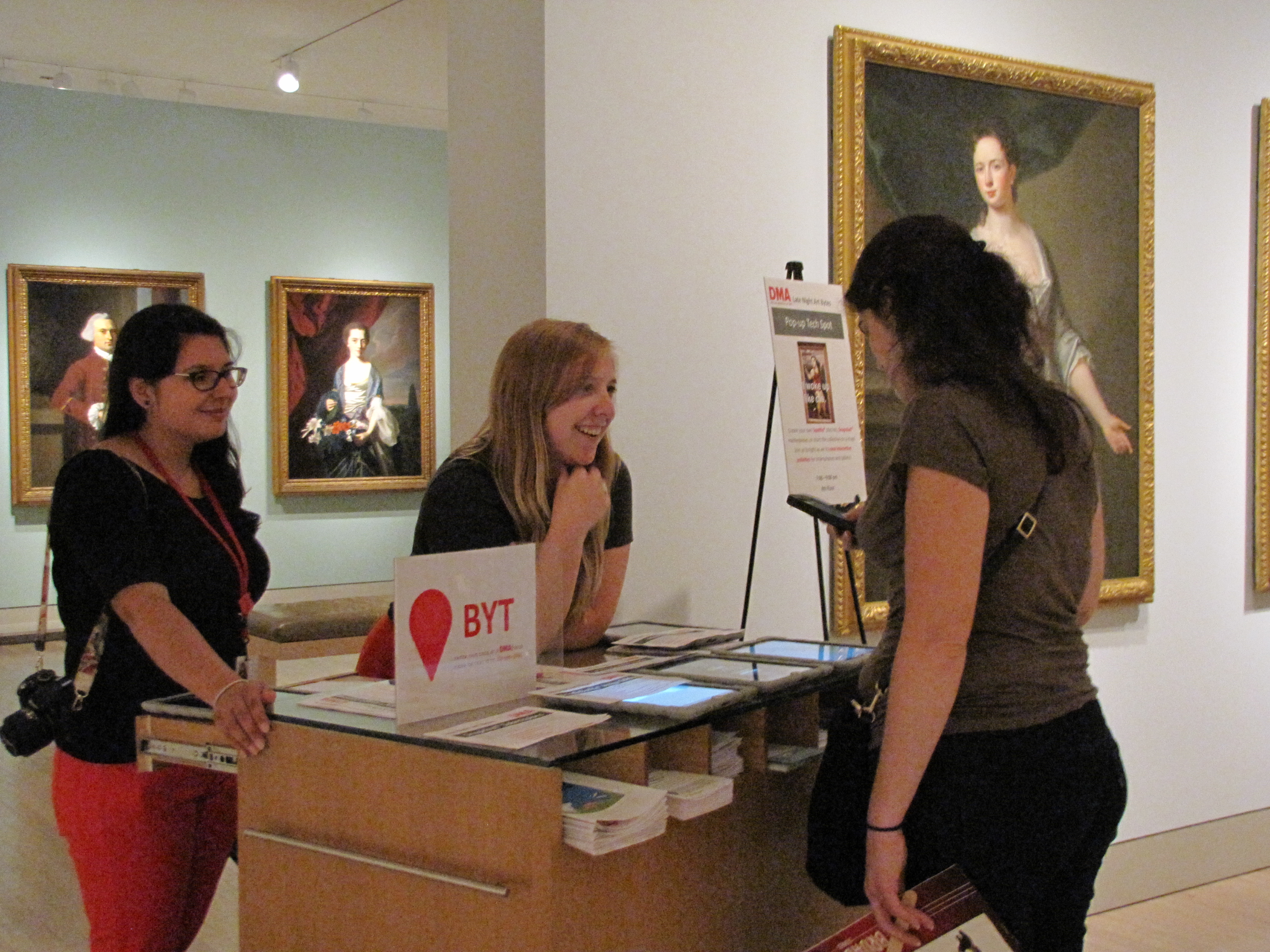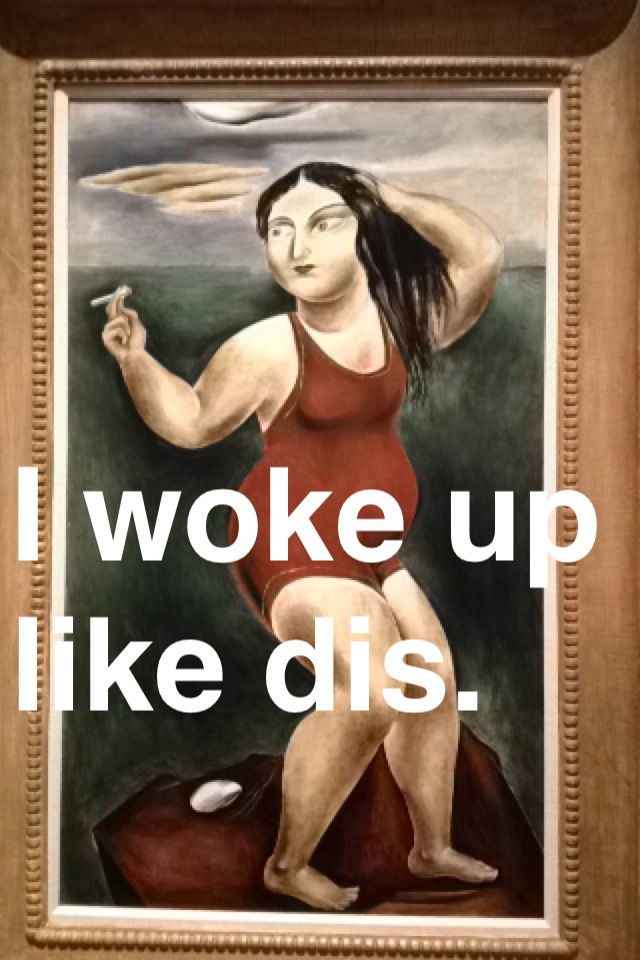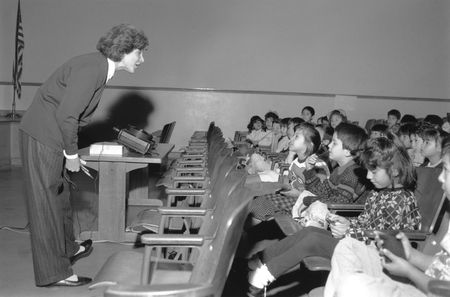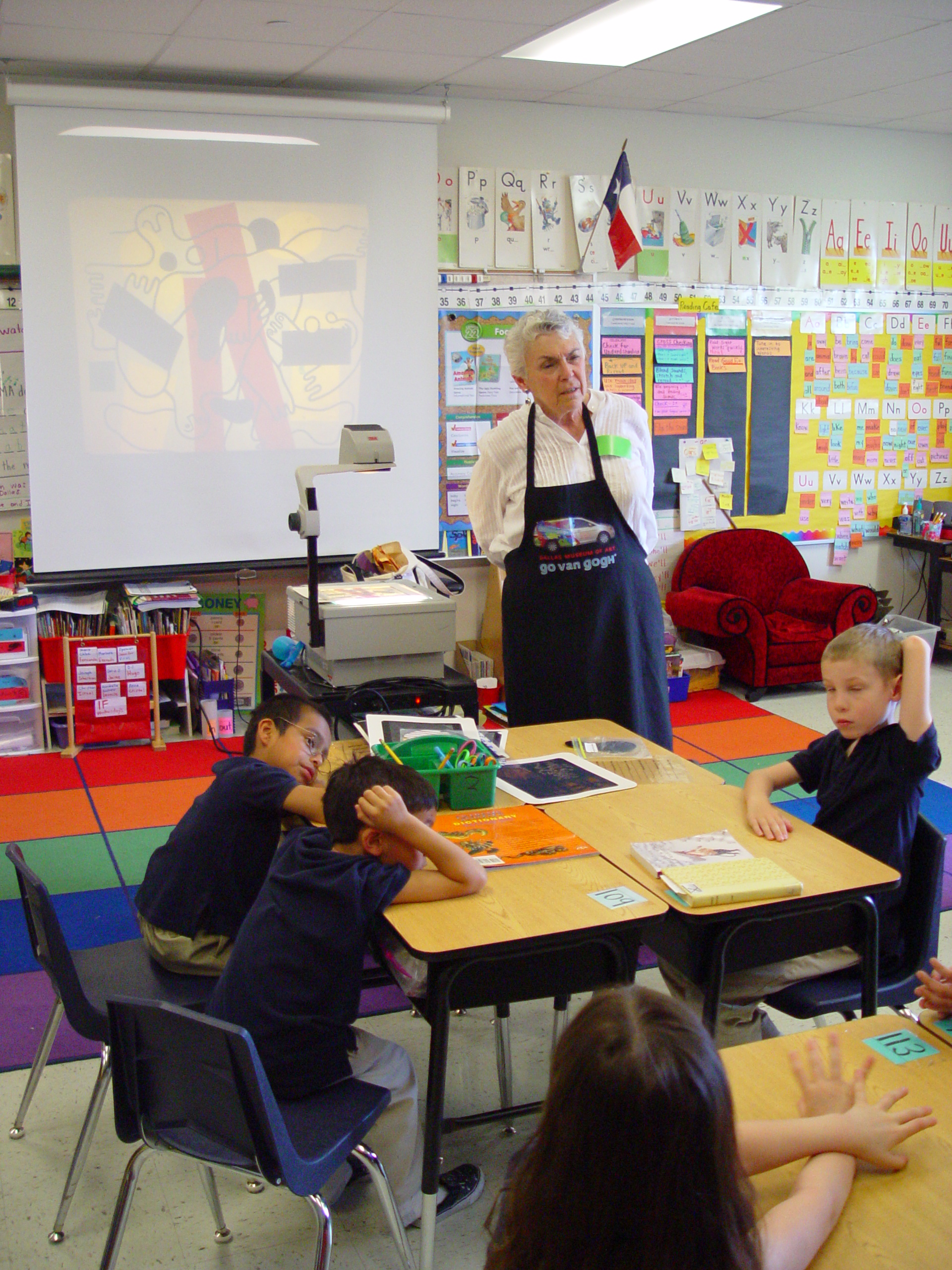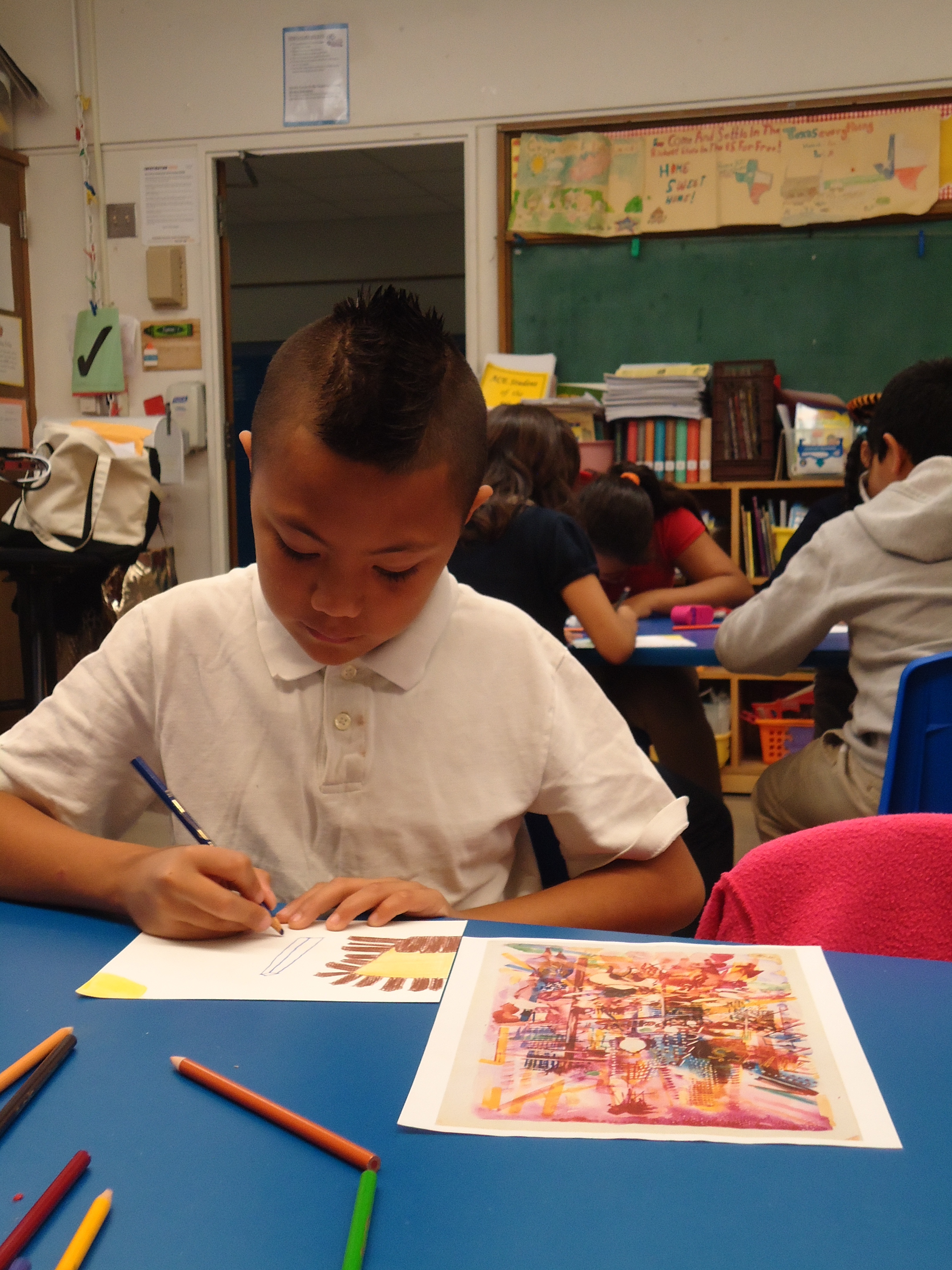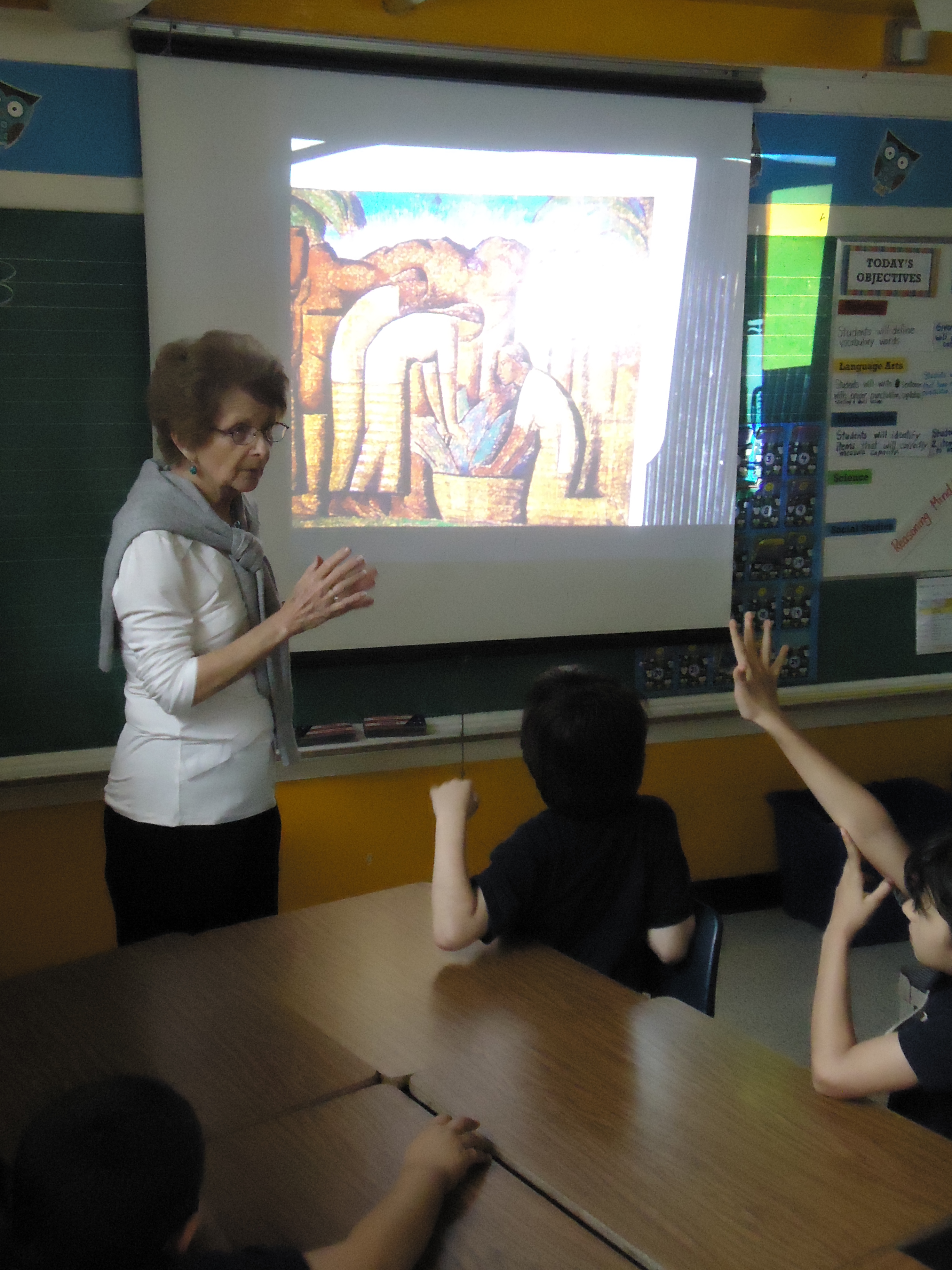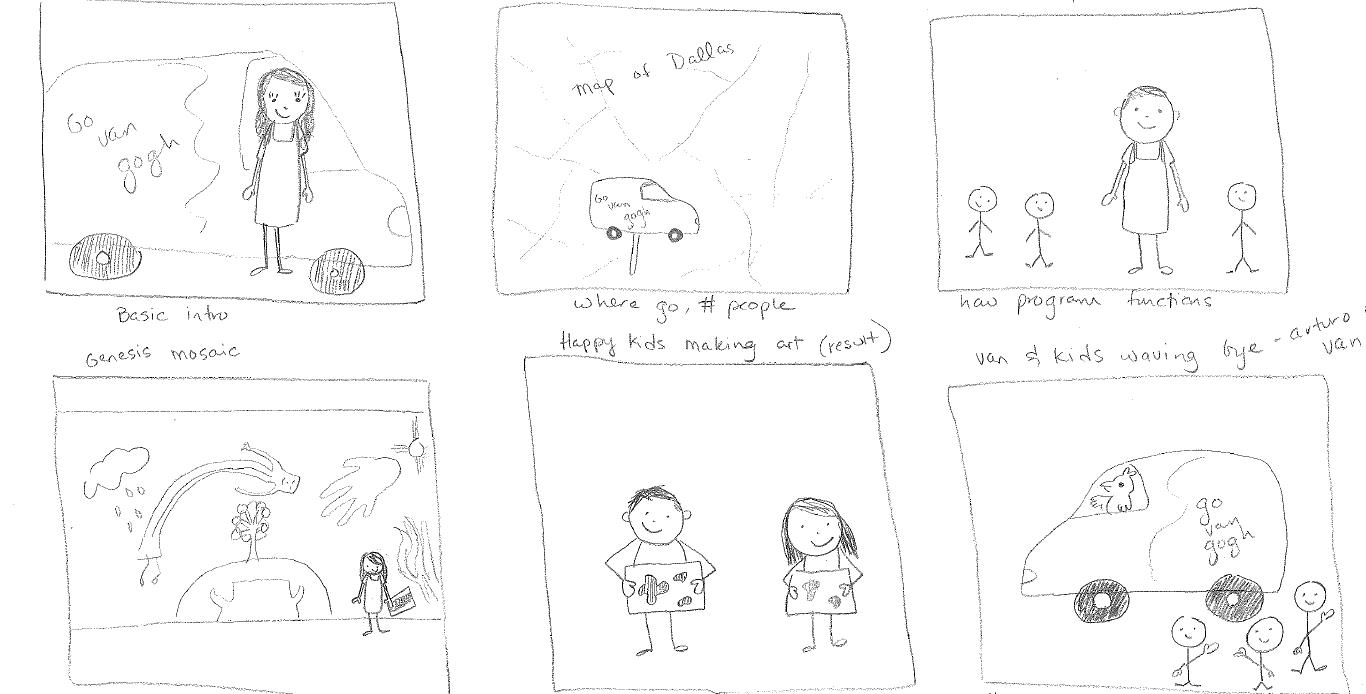The chance to intern at the Dallas Museum of Art this summer has been incredible, and the work done in the Center for Creative Connections creates the perfect opportunity to apply my specific research interests. I’ve been studying what’s typically called “cultural capital” for several years now, and it refers to individuals’ accumulation of literacies, skills, and privileges that result from economic status, education levels, or race. This concept is thought to permeate all aspects of society, particularly in institutions as established as the museum, and holds implications for the equitable treatment of visitors and the validation of their experiences. A guiding question for my own work is: How can all visitors overcome the expectations created by cultural capital and bring their own experiences to the interpretation of works at the museum?
In recent years, many websites and software applications (apps) have been created to allow for unhindered cultural production by users from all walks of life. Often these programs also allow for social media interactions, creating unique communities bound by technology. If this user-friendly type of creativity could be adapted to gallery activities, it may spark the interest of underserved visitors. As part of my summer project, we held a trial run of these activities as part of a “Pop-Up Tech Spot” for 2 hours during July’s recent Late Night Art Bytes program.
Snapchat
To capitalize on smartphone technologies and trends in social media, we created a Snapchat activity that allows visitors to recontextualize the works on display at their own pace.
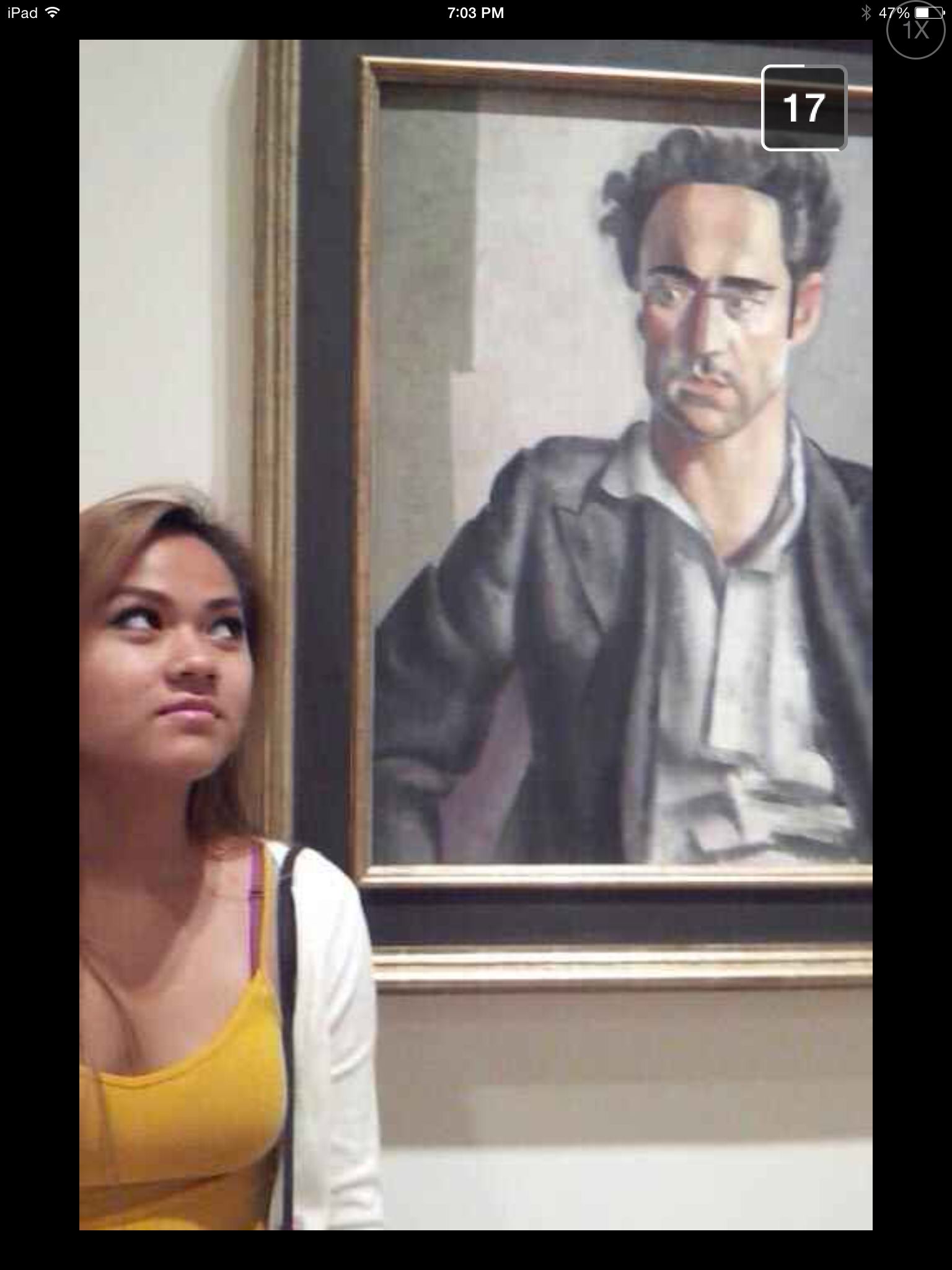 (
(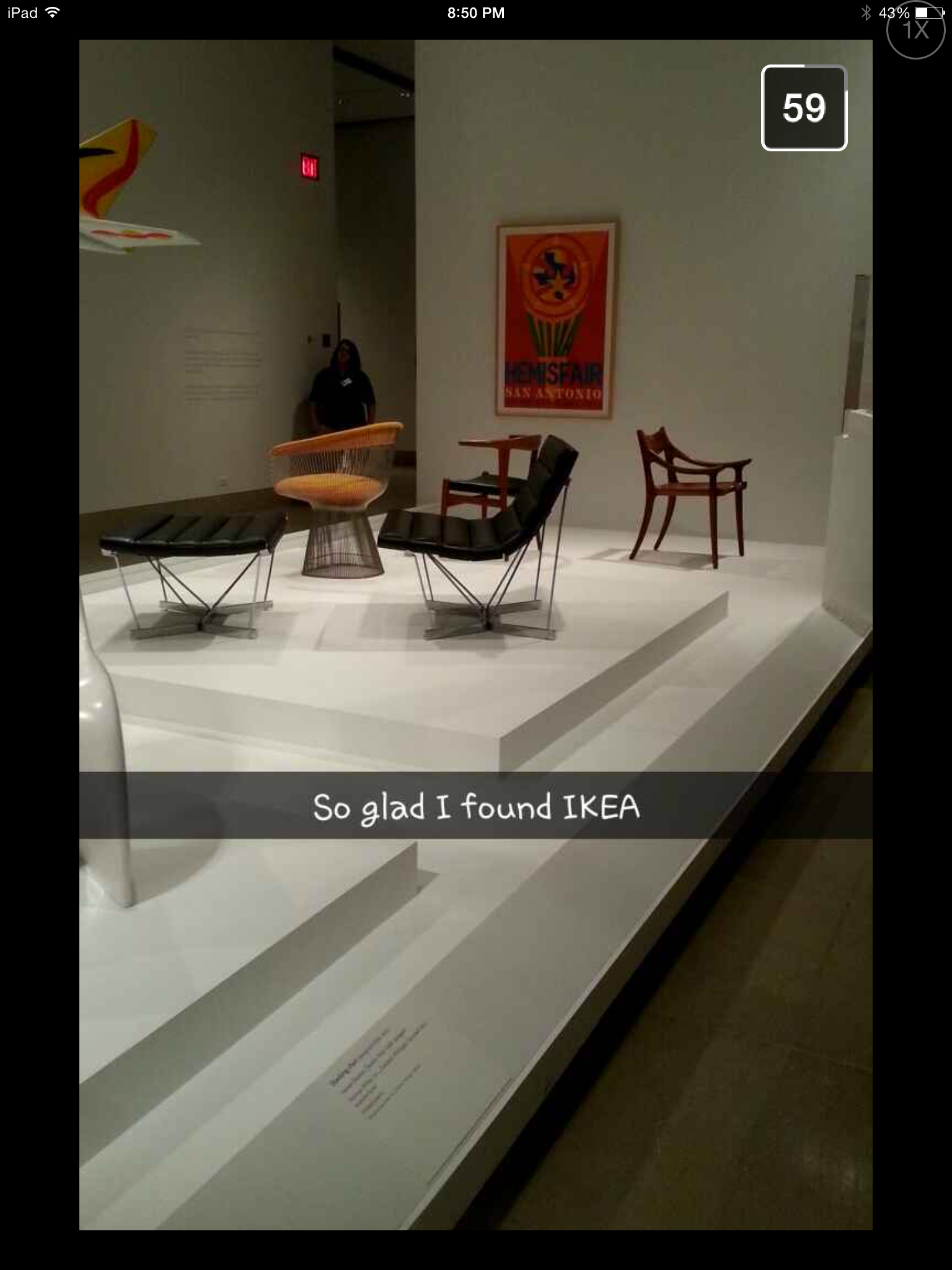
Visitors were invited to take photos with their smartphones using the app, and then to draw or type atop the images to make it their own. By setting up an account for the museum (add DallasMuseumArt as your friend), we were able to receive and save visitors’ submissions. The evening yielded 28 different photos created by 10 visitors, many of which were entertaining interpretations of the permanent collections.
DoodleBuddy
For those who were uninterested in maintaining a Snapchat account, there was an alternate option for editing photos of works on display. The DoodleBuddy app in place on the iPads was available for visitors to borrow from the activity cart, and had similar creative capabilities. Users could snap a picture and then add their own touches to a work.
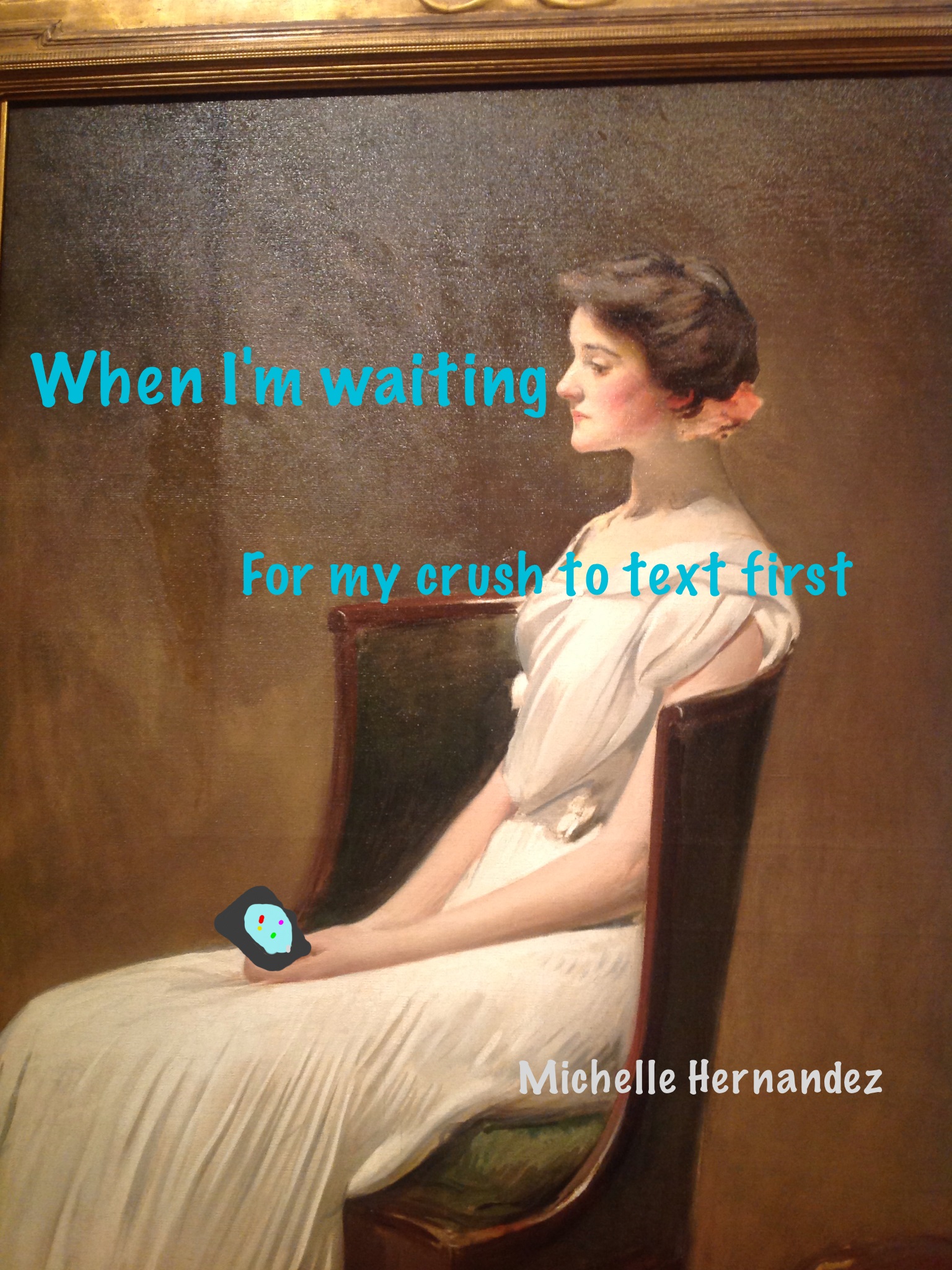
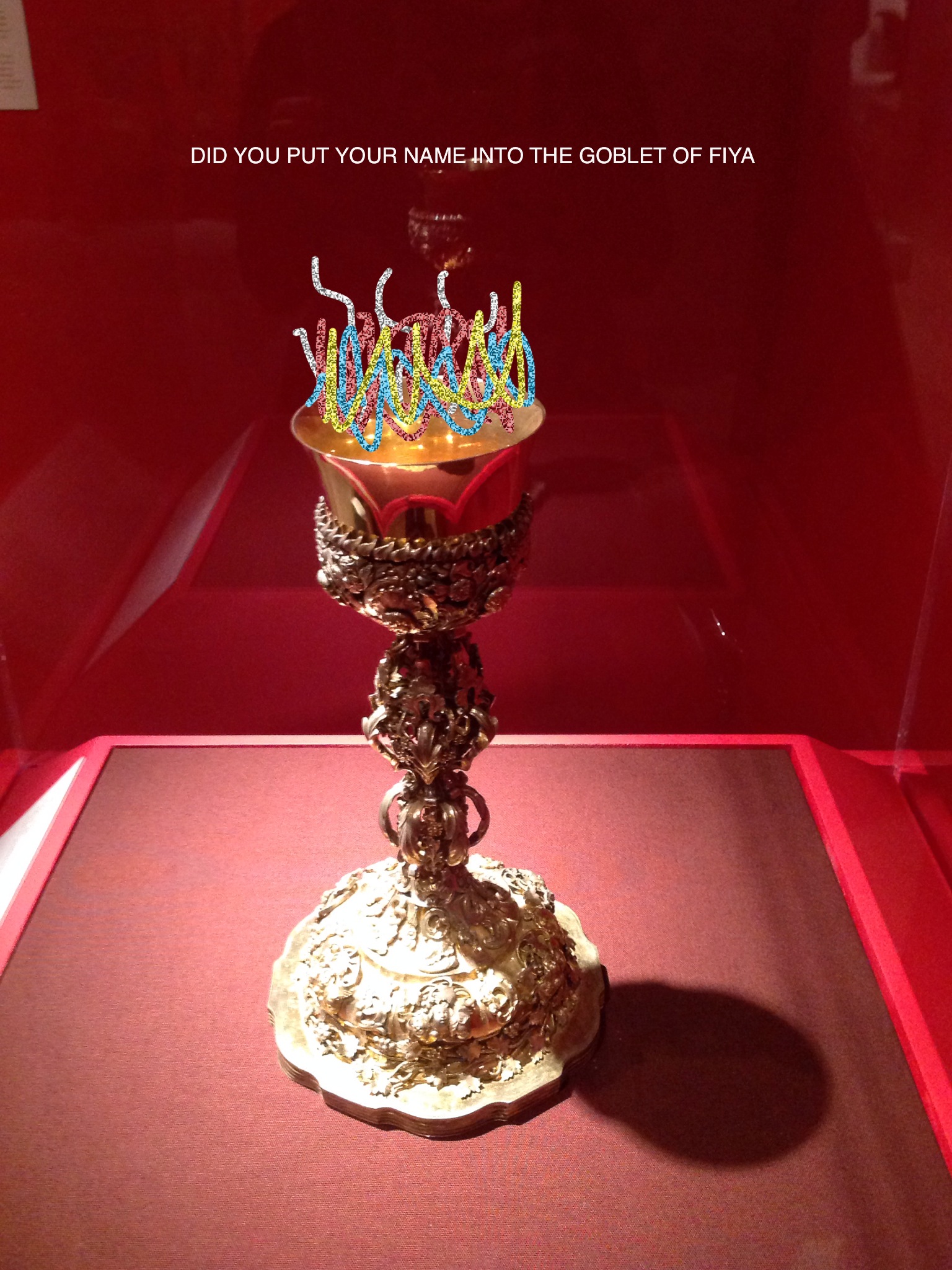
This activity was the most popular that evening, as some 22 visitors worked individually or in pairs to create and save 14 new images. When finished, masterpieces could be saved to the museum’s iPad (to be later uploaded to Flickr) or emailed to the visitor for their own use.
Map the Collection
The least popular activity for the night was a mapping activity that utilized other capabilities of the DoodleBuddy app on the iPads. Visitors could borrow the iPads with the program, this time drawing and/or typing atop a preloaded map, to chart the works within a particular gallery. Because of its proximity to the cart’s location near the entrance to the American gallery, the trial program utilized the works from a gallery of Colonial Art of the Americas, allowing visitors to find the origins of works from Central and South America. One enthusiastic visitor was able to use the map to teach a friend about her home in Paraguay, and pointed out political and economic tensions that continue to this day.
Spotify
The use of music in the galleries is nothing new, but allowing visitors to create playlists that is accessible both within and outside of the galleries was a novel opportunity for most. Familiarity with the app was likely a hindrance for many who stopped by the activity cart, but 5 visitors decided to opt for the musical program on their smartphones or the provided iPads. When creating the playlist, users simply included “DMA Late Night” in the title to allow other Spotify members the chance to search, play, or follow playlists created in the museum. Gallery experiences translated through song can be accessed from anywhere, or even played back in the galleries to create a community of listening visitors.
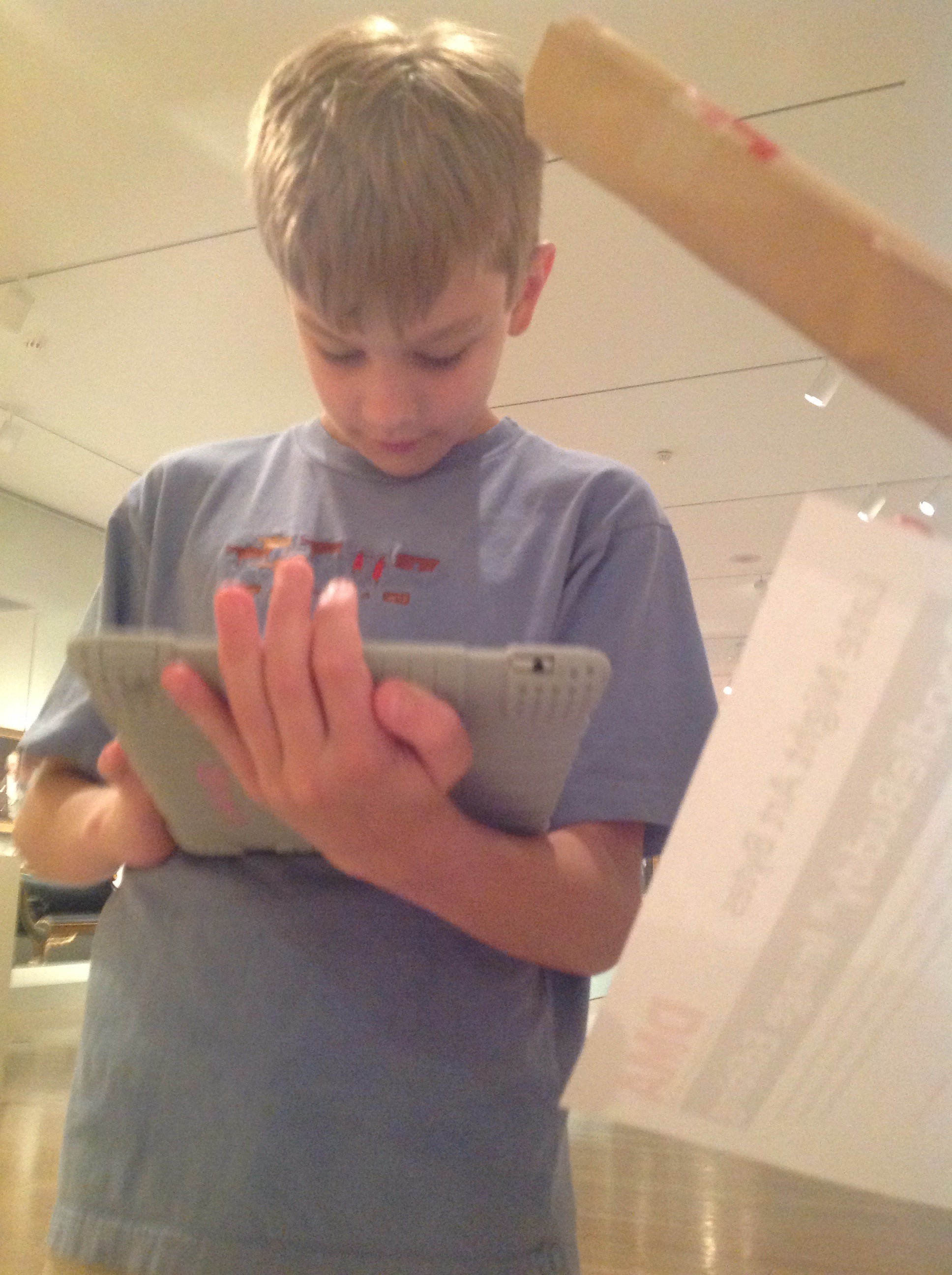
Overall, the evening was a bustling hit. The activities piqued the interest of several disengaged visitors, and allowed them their own space to create something new. Passersby received handouts about the Snapchat submissions to allow their continued access to the activity, and the iPads were put to excellent use by up to 5 visitors at once. Difficulties encountered included the length of explanation required for several of the apps (many visitors were unfamiliar with Spotify), and some troubles using the DoodleBuddy camera feature. Better instructions or fewer choices should help minimize these issues.
Testing these activities also allows us to consider how–or if–these programs could be utilized in conjunction with the Pop-up Art Spots already in place in the galleries. For example, the mapping activity could easily be translated into an activity for the Indonesian galleries, while the Spotify app may be put to better use in the contemporary collection. Snapchat and DoodleBuddy image editing activities may also benefit from utilizing more focused prompts, inviting visitors to submit photos for a single object or particular theme.
I’ve had a blast adapting apps for gallery activities. Hopefully this is just the beginning of “share-able” cultural production used in the galleries, and I’d like to extend a huge wave of gratitude to all those who helped me get things in motion!
Brittany Garison
C3 Graduate Intern
